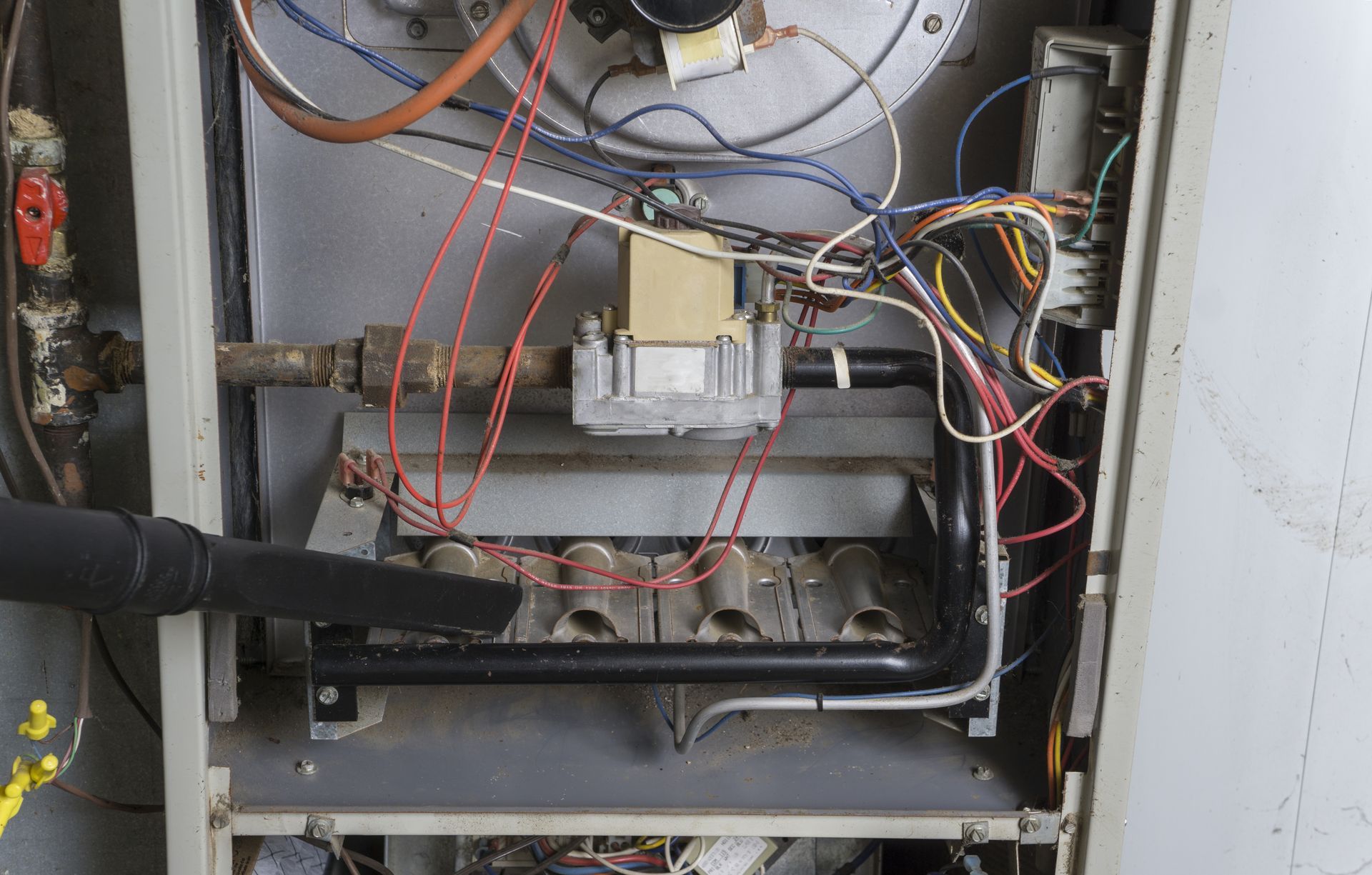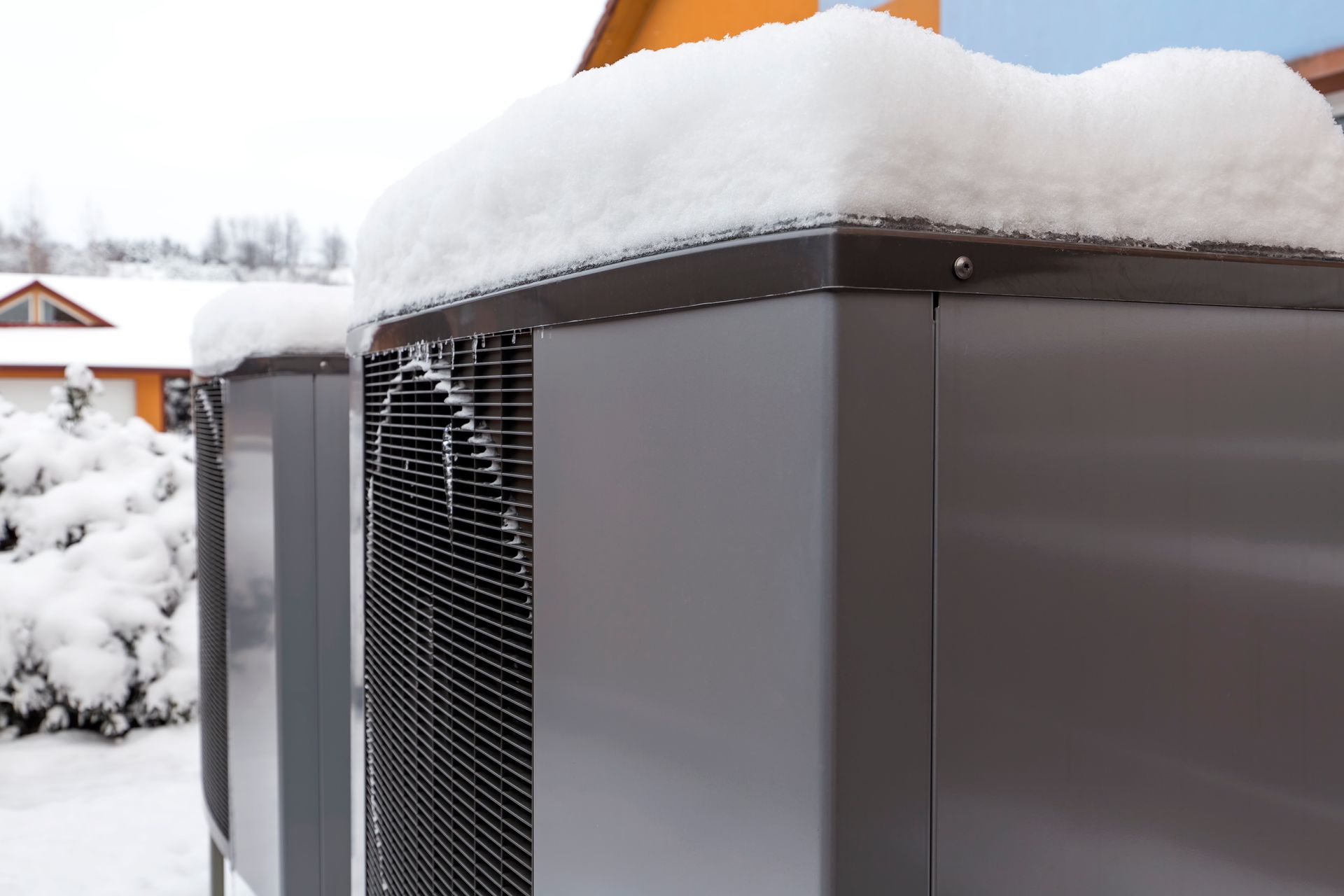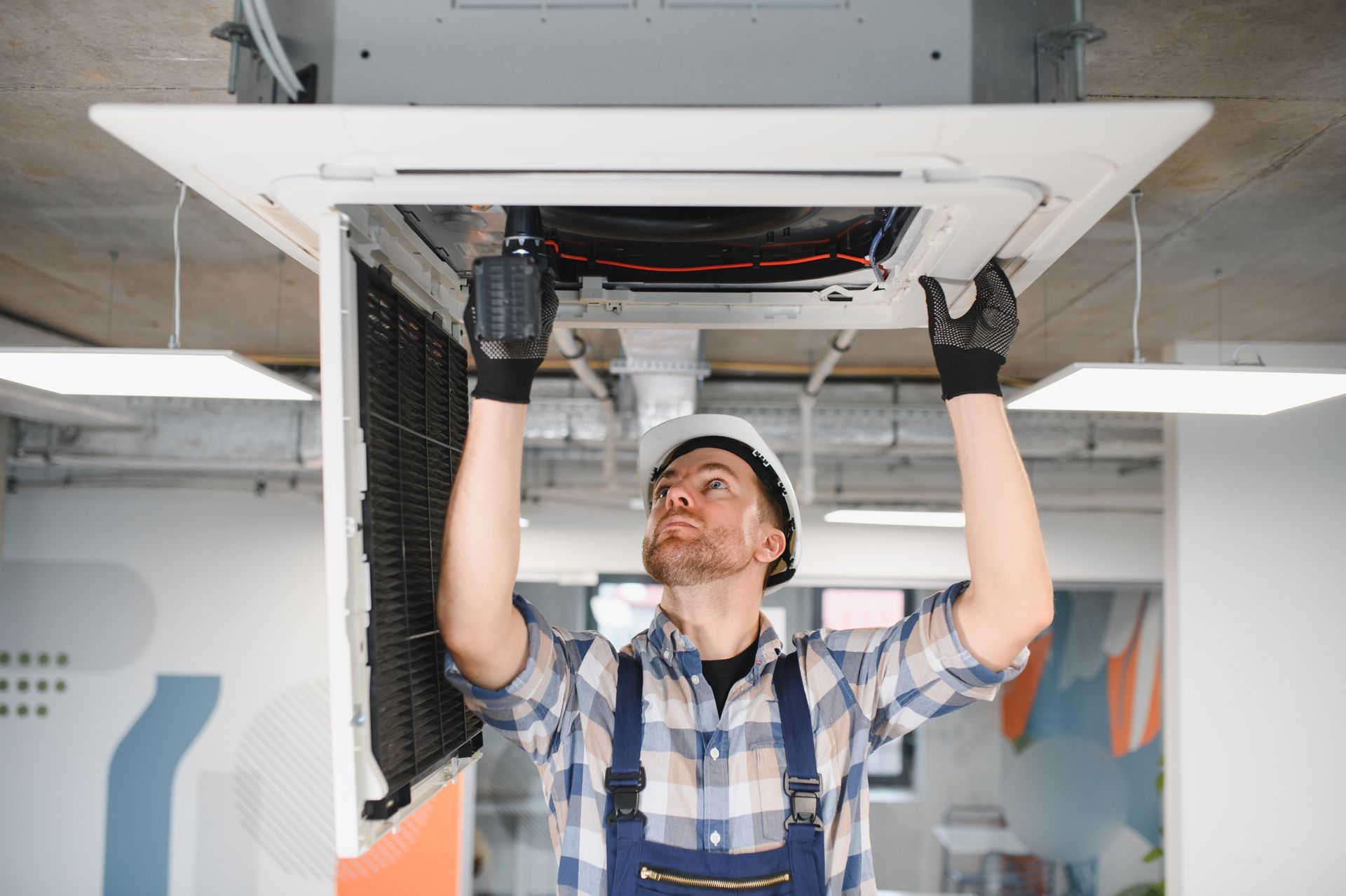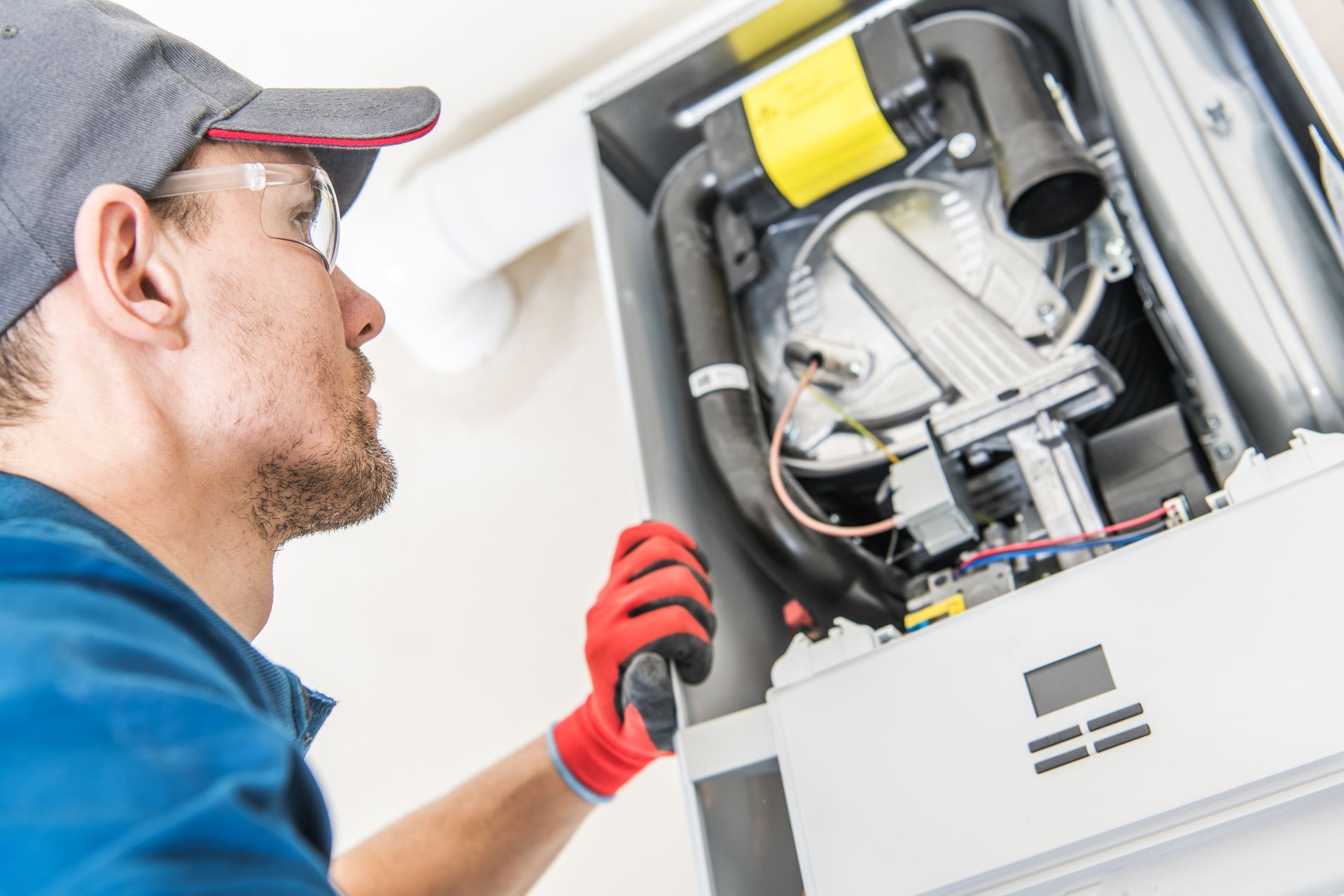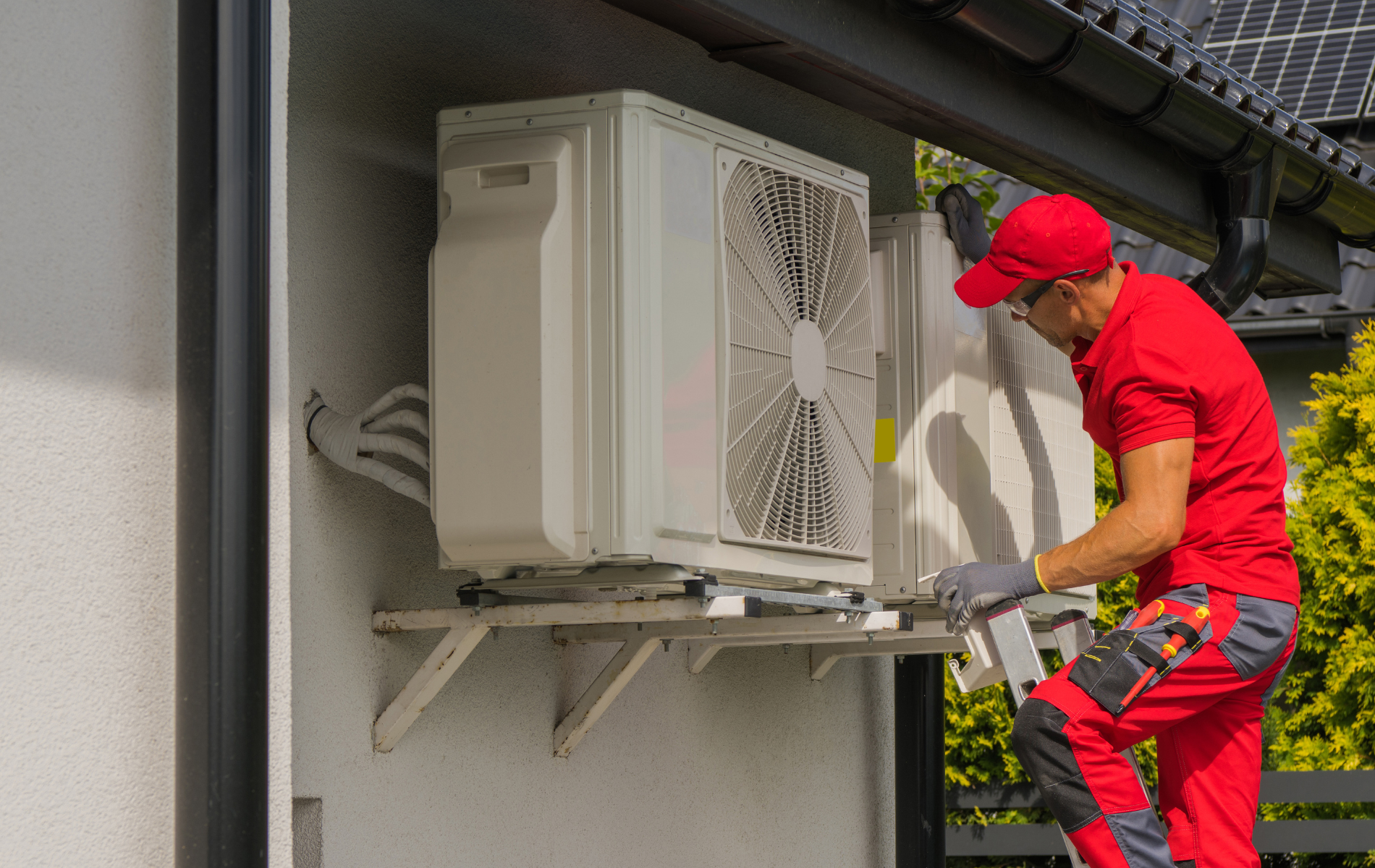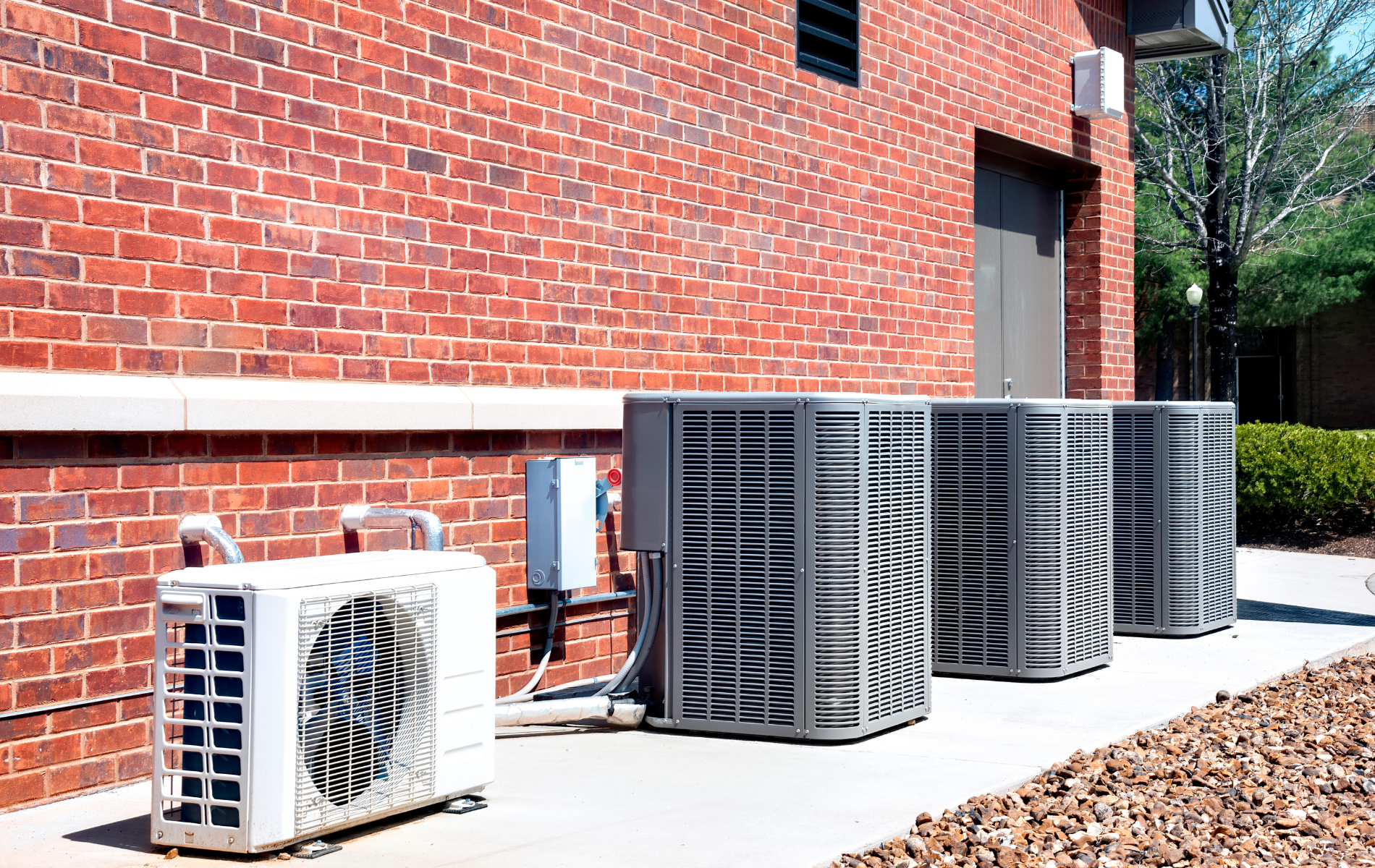How to Choose the Right Size Furnace or AC for Your Utah Home
Why HVAC Sizing Matters More Than You Think
When it comes to replacing or installing a new HVAC system, many homeowners assume “bigger is better.” After all, a larger furnace or air conditioner should heat or cool faster, right?
Not exactly.
Choosing the wrong size HVAC system—whether too large or too small—can lead to wasted energy, uneven comfort, and costly repairs down the line. In Utah’s climate, where summers can hit the 90s and winters dip below freezing, proper sizing is crucial to efficiency, comfort, and longevity.
At Four Seasons Heating & A/C, we’ve helped countless homeowners across Logan, Cache Valley, and Idaho select perfectly sized systems for their homes. Here’s what every homeowner should know before buying their next furnace or AC.
1. The Myth of “Bigger Is Better”
A common mistake homeowners make is assuming a larger system means better performance.
In reality,
oversized HVAC units often cause more problems than they solve.
Problems with an oversized furnace or AC:
- Short cycling: The system turns on and off frequently, leading to wear and tear.
- Uneven temperatures: Some rooms get too hot or cold while others stay uncomfortable.
- Higher energy bills: Constant cycling wastes energy instead of saving it.
- Poor humidity control: Systems that run in short bursts can’t remove moisture effectively.
- Reduced lifespan: Components wear out faster from constant starting and stopping.
So while an oversized unit may feel powerful at first, it’s actually less efficient and more expensive over time.
2. The Risk of Going Too Small
On the flip side, an undersized HVAC system struggles to keep up with Utah’s temperature extremes.
It runs longer and harder than it’s designed to, trying to maintain your desired comfort level.
Signs your HVAC may be undersized:
- The system runs almost constantly but never reaches the set temperature.
- Airflow feels weak in distant rooms.
- Your utility bills spike during extreme cold or heat.
- You experience cold spots in winter or warm, humid rooms in summer.
A system that’s too small wastes energy and still fails to keep your home comfortable.
3. How Proper Sizing Is Determined (It’s More Than Square Footage)
You can’t size an HVAC system by square footage alone. Every home has unique factors that affect heating and cooling needs.
Professional HVAC companies—like Four Seasons Heating & A/C—use a process called a Manual J Load Calculation, which measures:
- Square footage and ceiling height
- Window size, type, and direction
- Insulation levels and wall materials
- Number of occupants
- Appliance and lighting heat output
- Air leakage or draft levels
- Sun exposure and shade
All of these factors determine how much heating or cooling power (measured in BTUs) your home truly needs. A professional load calculation ensures your system isn’t just functional—it’s optimized for Utah’s unique climate.
4. The Utah Climate Factor
Utah homeowners face a special challenge: dramatic temperature swings between seasons.
A system that handles 95°F July days must also perform efficiently in 10°F January nights.
That means proper sizing must account for seasonal efficiency ratios (SEER) for cooling and Annual Fuel Utilization Efficiency (AFUE) for heating.
Pro Tip:
In northern Utah, we often recommend dual-stage or variable-speed systems. These adjust their output automatically based on the weather—saving energy during mild days while maintaining full power during harsh conditions.
5. Matching the Furnace and AC as a System
Your furnace and air conditioner share more than ductwork—they work as a team. Mismatching system sizes can cause serious performance issues.
Example:
If your new AC is oversized but your existing furnace blower can’t handle the airflow, you’ll experience restricted cooling, humidity issues, and potential system failure.
At Four Seasons, we always evaluate your entire HVAC setup to ensure that both units are properly matched in capacity and airflow. This guarantees better efficiency, lower noise, and longer system life.
6. Energy Efficiency Ratings: What to Look For
Size isn’t the only factor that affects performance—efficiency ratings matter too.
When choosing your next system, look for:
- SEER (Seasonal Energy Efficiency Ratio): Measures cooling efficiency—Utah homeowners should aim for
SEER 15+ for best results.
- AFUE (Annual Fuel Utilization Efficiency): Measures furnace efficiency—modern systems average
90–98%.
- ENERGY STAR® Certification: Indicates top-tier performance and potential rebate eligibility.
A properly sized, high-efficiency system provides the best combination of comfort and long-term savings.
7. Don’t Forget Ductwork and Airflow
Even the perfectly sized HVAC system won’t perform well with poor duct design.
Leaky, undersized, or dirty ducts can waste up to
30% of conditioned air before it even reaches your rooms.
When we install new systems, we:
- Inspect existing ductwork for leaks and restrictions
- Seal and insulate ducts as needed
- Balance airflow to ensure consistent comfort across all rooms
This step is essential for maximizing your new system’s performance and energy efficiency.
8. Real Example from Cache Valley
A homeowner in Providence, UT, recently called us after replacing their furnace with an oversized unit from a big-box contractor. Their home heated up quickly but never stayed comfortable—upstairs rooms were hot, while the basement was freezing. Their gas bill jumped 25% in the first month.
We performed a full Manual J calculation and discovered the furnace was rated 30% higher than the home’s actual load. After replacing it with the correct size and sealing several leaky ducts, their comfort stabilized—and their monthly energy costs dropped dramatically.
9. How to Choose the Right Contractor for the Job
Getting HVAC sizing right isn’t guesswork—it requires expertise, equipment, and precision.
When hiring an HVAC contractor in Utah or Idaho, look for one who:
- Performs a
Manual J load calculation (not just a “rule of thumb” estimate)
- Inspects your ductwork before quoting a system
- Explains system options clearly and transparently
- Is licensed, insured, and certified for gas and refrigerant systems
- Offers maintenance and warranty support
At Four Seasons Heating & A/C, we check every one of those boxes—and more.
10. Why Professional Sizing Pays Off
A properly sized HVAC system delivers long-term benefits that go beyond comfort:
- Lower monthly energy bills
- Consistent, even heating and cooling
- Quieter operation
- Fewer repairs and longer lifespan
- Improved indoor air quality and humidity balance
When your system is sized perfectly for your home, you’ll feel the difference in every room—and in your wallet.
Ready to Find the Perfect Fit for Your Home?
Whether you’re upgrading your furnace, replacing an old AC, or building a new home, getting the right size HVAC system is critical to comfort, safety, and efficiency.
Let Four Seasons Heating & A/C take the guesswork out of it. We’ll measure, calculate, and recommend the ideal system for your home’s exact needs—and handle the installation from start to finish.

